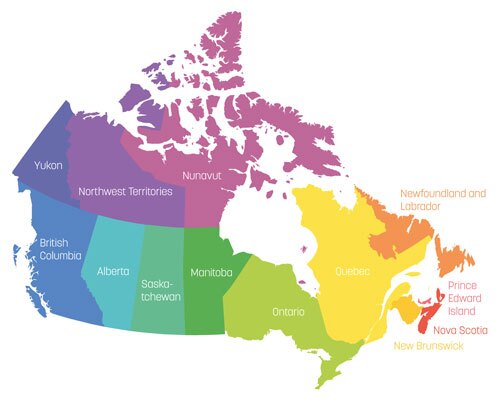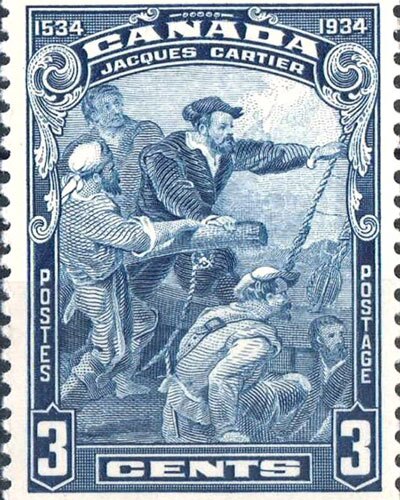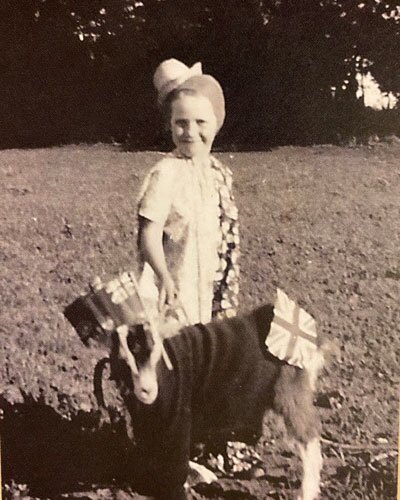What do you know about Canada history? First inhabited by aboriginal peoples, this country is filled with beautiful landscapes, lakes, and abundant wildlife. Canada has a unique and glorious history reaching back to prehistoric times.
Basic Geography of Canada
Canada is a country in North America. It is located north of the continental United States and is made up of 10 provinces and 3 territories.

| Canadian Provinces | ||
| Newfoundland and Labrador | Prince Edward Island | Nova Scotia |
| New Brunswick | Quebec | Ontario |
| Manitoba | Saskatchewan | Alberta |
| British Colombia | ||
| Canadian Territories | ||
| Northwest Territories | Yukon | Nunavut |
Indigenous Peoples of Canada
A large part of Canada history features the indigenous people of Canada, which include 3 main groups: First Nations, Metis, and Inuit. The indigenous people of Canada were the early inhabitants of the country. Between all the various nations, these people have resided in most of present-day Canadian territories and provinces.
A 2021 census by Statistics Canada recorded over 1.8 million people living in Canada who identified as part of the indigenous community. Within each group are many diverse nations, with their own languages, cultures, and traditions.
When Did Europeans Come to Canada?
The Vikings were the first known people of European descent to reach Canada. The first confirmed Norse settlement was found in L’Anse aux Meadows, Newfoundland, and is supposed to date back to 1021 AD.
John Cabot, an Italian immigrant to England, was the first European to map the Canadian Atlantic shore. He reached Newfoundland in 1497. He claimed the “new-found-land” for England, but there was no permanent settlement in Canada until the French established settlements in the 1600s.

Jacques Cartier crossed the Atlantic in 1534 and claimed the land for France in 1535, where it was sometimes referred to as "New France." Cartier influenced the naming of Canada. He had heard two indigenous guides say the Iroquoian word for “village,” which was kanata. The name of Canada began showing up on maps in the mid 1500s.
In about 1604, European settlements in Canada were built in St. Croix Island (present-day Maine) and Acadia (present-day Nova Scotia). In 1608, Samuel de Champlain led the foundation of the first permanent French settlement in Quebec City.
French-Speaking People in Canada
For over 150 years, Canada was claimed by the French. In 1759, during the Seven Years' War, Great Britain defeated France in the Battle of the Plains of Abraham in Quebec City. This victory was a critical win for the British, beginning the end of the war. The Seven Years' War, and French rule in Canada, came to a close in 1763 with the signing of the Treaty of Paris.
After France lost Canada to the British, the land was still occupied by both French and British people. Each group of people worked to keep their language, religion, and culture.
Today, Canada’s two official languages are French and English; however, New Brunswick is the only province in Canada today with both English and French as official languages. French has been the only official language of Quebec since 1974.
When Was Canada Made an Official Country?

The British formed two colonies in Canada in 1791. These were named Lower Canada and Upper Canada.
Lower Canada included present-day Quebec and Labrador and was further down the St. Lawrence River than Upper Canada; hence, the area was referred to as “lower.” Upper Canada included present-day Ontario and area around Georgian Bay and Lake Superior.
In 1840, Upper and Lower Canada were united and were referred to as the Province of Canada. From 1841 to 1867, Upper Canada was known as Canada West, and Lower Canada was known as Canada East.
On 1 July 1867, under the British North America Act, the Province of Canada entered Confederation with New Brunswick and Nova Scotia. Canada West became Ontario, and Canada East became Quebec.
Together, these 4 provinces formed a new country called the Dominion of Canada. Dominion Day—now called Canada Day—is celebrated each year on 1 July to commemorate Canada becoming a self-governing country.
Today, Canada is an independent country, but it continues to be part of the British Commonwealth. So Canada has its own constitution but accepts the British monarchy as its own.
10 Fun Facts about Canada
- Canada is big. Really big. It is the second biggest country in the world and covers 9,984,670 square kilometers. Canada also has the longest shoreline (243,042 kilometers) for a country in the whole world.
- Canada has 10 percent of the world’s total forest cover, and 68 percent of Canada’s wooded land is covered in coniferous trees.
- Seymour Narrows, British Columbia, has some of the fastest and strongest tidal currents in the world, including Nakwakto Rapids, which can have speeds of up to 17 knots (about 31 kilometers per hour or 20 miles per hour).
 A Canadian ice hockey team
A Canadian ice hockey team - Canada has about 879,800 lakes, which constitute about 62 percent of all the lakes in the world!
- Ice hockey is considered the most popular sport in Canada.
- Canada can get very cold. The coldest day in Canadian history was 3 February 1947. In Snag, Yukon, the temperature plummeted to a record low of -63 degrees Celsius (-81.4 degrees Fahrenheit).
- The maple leaf is a symbol of Canada’s national identity. It is found on the national flag.
- Canada produces 80 percent of the world’s maple syrup.
- Canada celebrates Thanksgiving on the second Monday in October.
- Canada’s national dish is called poutine. It is a French Canadian dish made of fries, cheese curds, and gravy. It is one of the most popular things to eat in Canada.
Do you have Canadian ancestry? We would love to hear your stories in the comments below. If you aren’t sure, take a look at the free FamilySearch Family Tree, and begin putting your family together today!
Discover More about Your Canadian Ancestry
At FamilySearch, we care about connecting you with your family, and we provide fun discovery experiences and family history services for free. Why? Because we cherish families and believe that connecting generations can improve our lives now and forever. We are a nonprofit organization sponsored by The Church of Jesus Christ of Latter-day Saints. To learn more about our beliefs, click here.





